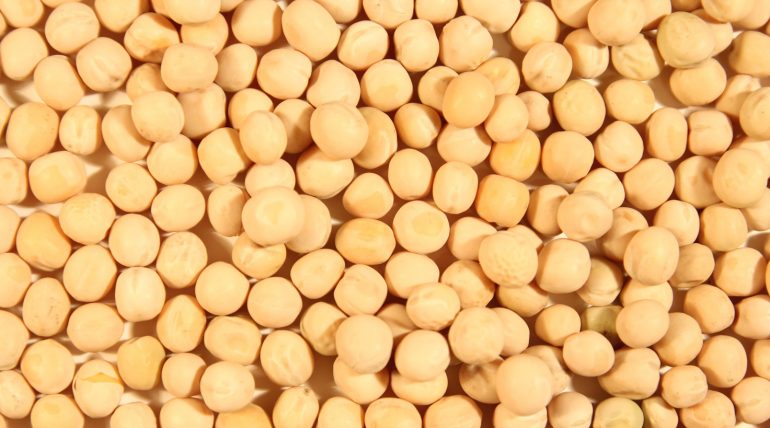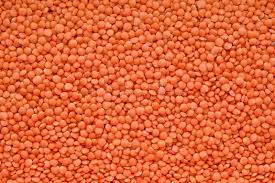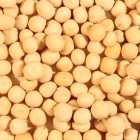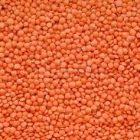Aug 0324: Politics Entering Yellow Pea Sphere
Anyone notice cash yellow pea bids sink $0.75/bu this past week alone? News is lacking. However consider this.
Since India’s first pea import tariff free announcement on Dec 8, 2023, using Kanpur India as the price reference point, domestic peas have sunk about US $300/t. The government’s goal was to mitigate high priced chana (desi chickpea) on account of yield adversity. This has helped cushioned chana upside, but appears that pea substitution speed is too slow relative to pea import speed.
It is unlikely that the Indian government will want domestic yellow pea prices this low ahead of rabi planting start. That calendar point is year end, mainly peas, lentils and chickpeas. Government is well aware that pea import volumes from both Canada and Russia are large. Government is tasked to find a price sweet spot balancing affordable consumer food prices with proper farmer support. As such, sense a mounting fear that government may alter the tariff free protocol, either reinstating a tariff or altering Oct 31-24 deadline.
Price discovery is about fundamentals (aka the raw numbers), perception, politics and weather. When politics take a leadership role and is random in occurrence, best to stay nimble with opinion. Stay tuned.








